Commercial Kitchen Cleaning Checklist Grainger KnowHow
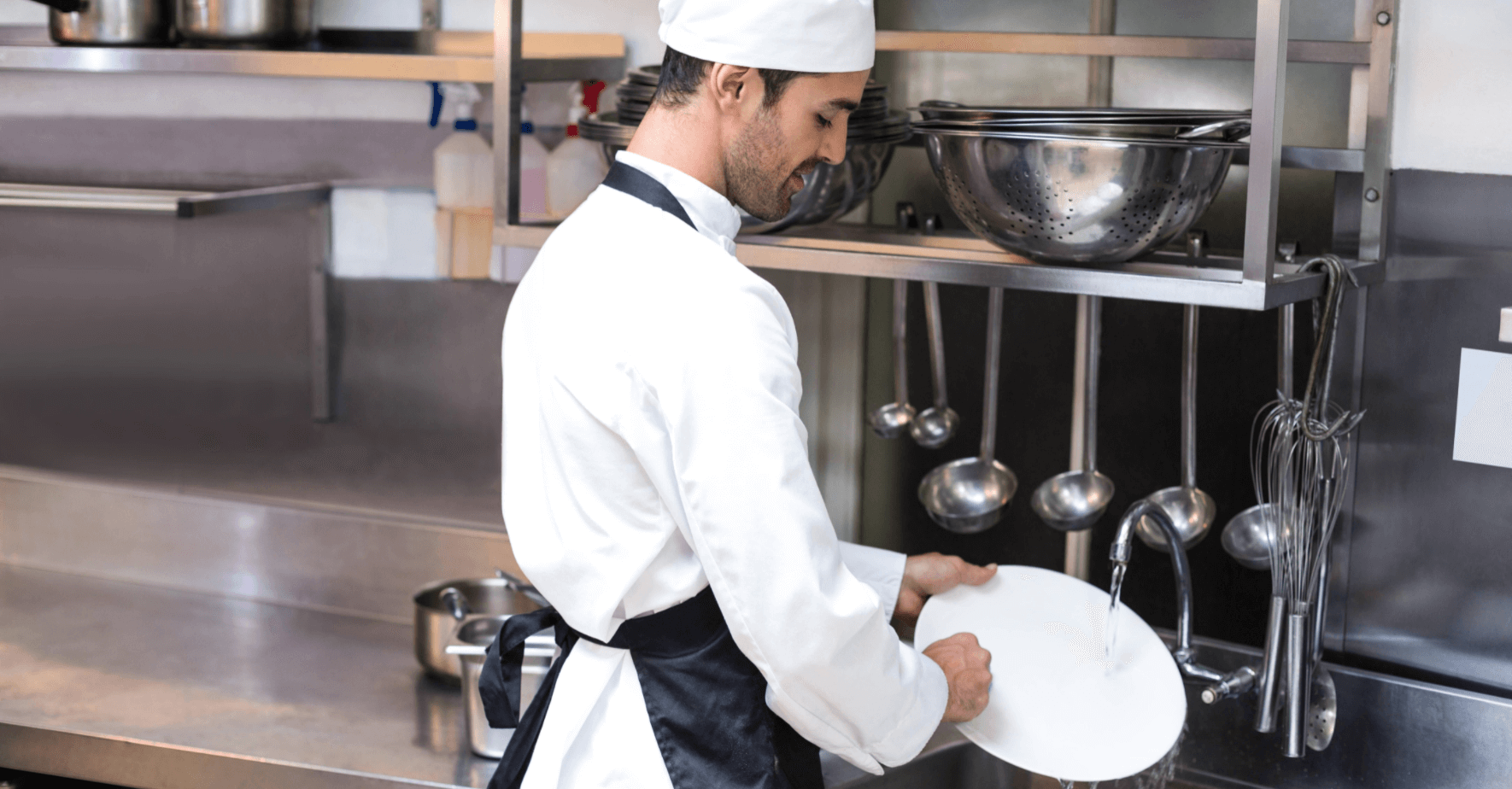
What Are the Procedures for Commercial Kitchen Cleaning? Blog
Cleaning the Hood Filters. Soak the filters in a mixture of warm water and degreaser for at least 10 minutes. Use a soft-bristle brush to scrub away any grease buildup, then rinse the filters with hot water. For heavily soiled filters, you may need to run them through a commercial dishwasher.
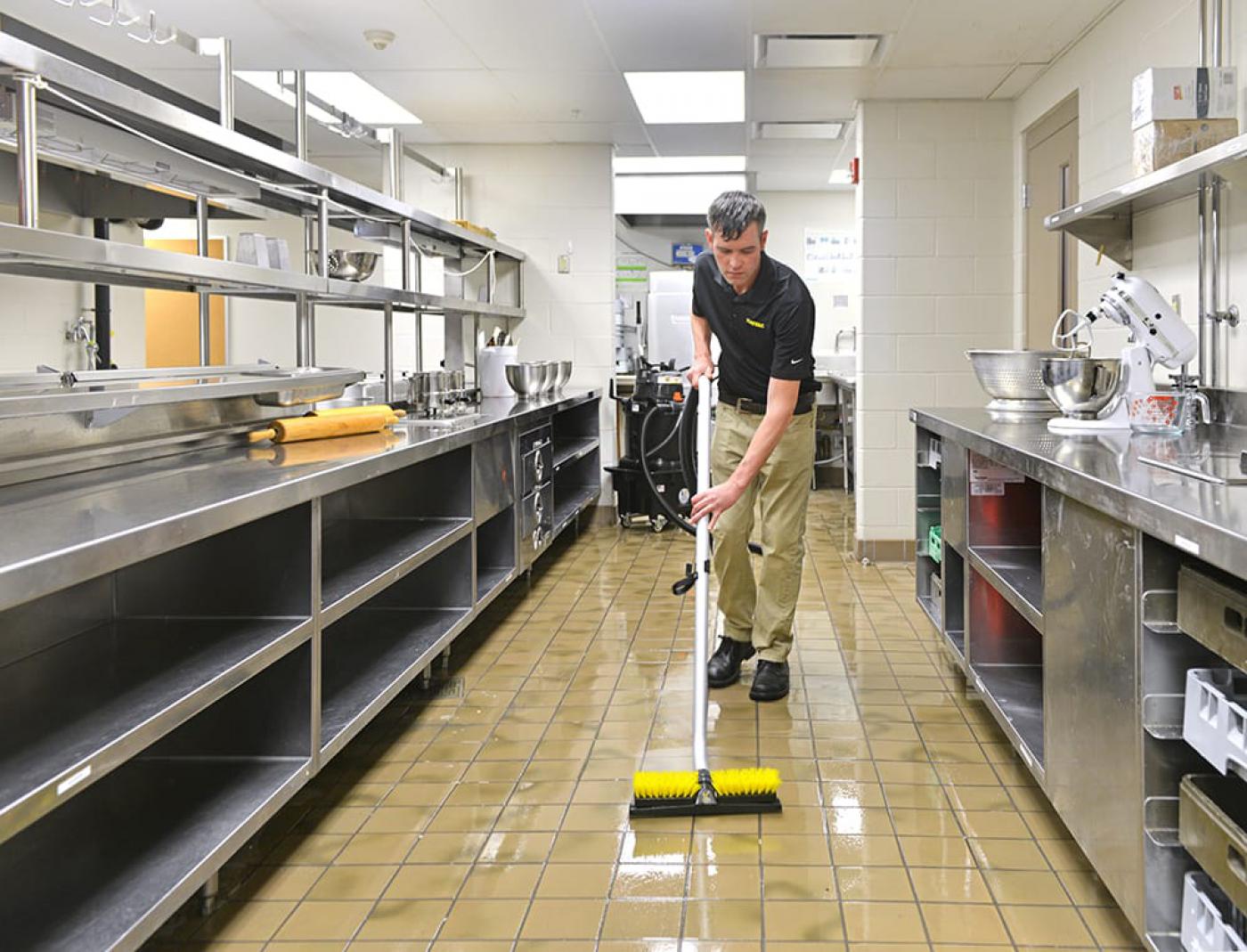
How to Clean a Commercial Kitchen Floor? allareportable
Establish a routine cleaning schedule to ensure the ongoing cleanliness of your commercial kitchen hood. The frequency of cleaning may vary based on the volume of cooking and the type of food.
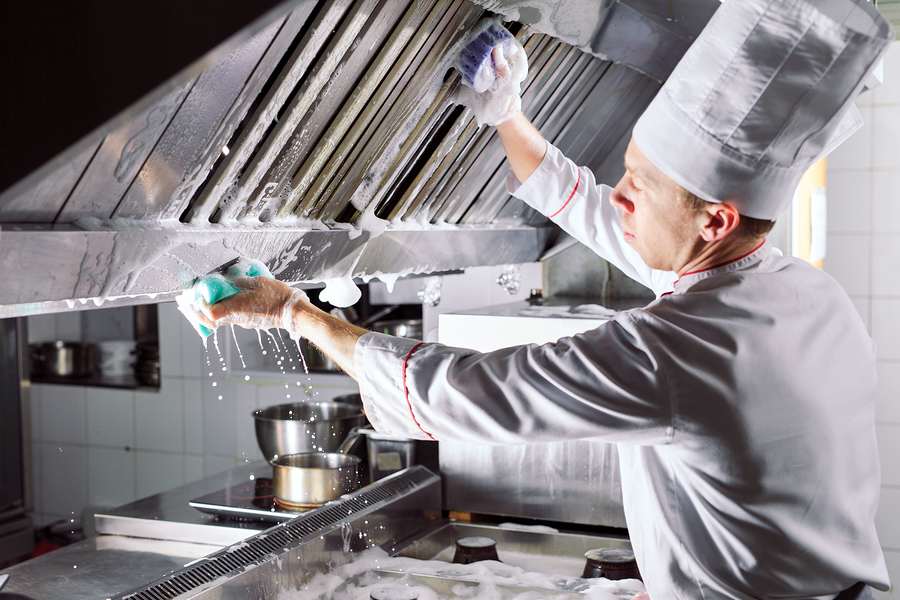
6 commercial kitchen cleaning tasks that are part of your deep clean
To clean the fan blades, turn off the power to the hood and remove the fan cover. Use a soft-bristle brush or a cloth to wipe down the fan blades, being careful not to bend or damage them. If necessary, use a steam cleaner to remove any stubborn debris. Finally, replace the fan cover and turn the power back on.
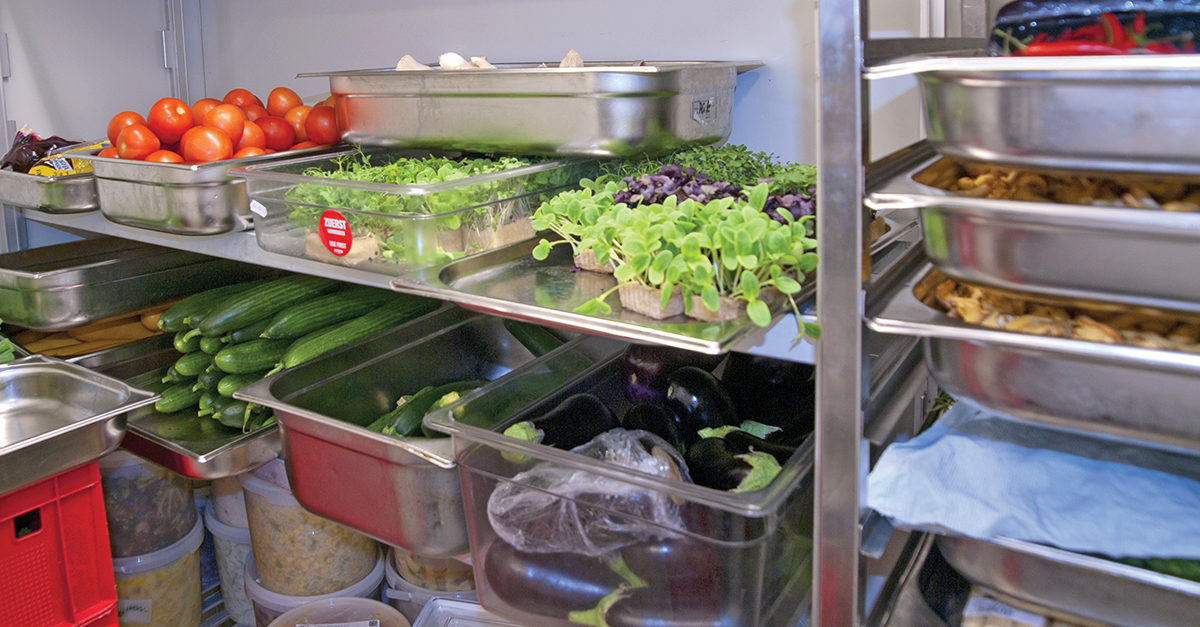
Cleaning Your Commercial Kitchen
Plus, it's more enjoyable to cook in an environment that's well cared for. Professional appliance cleaning should include but not be limited to: Ovens and grills. Disassemble. Soak components. Scrub all parts and replace. Inspect hoods. Remove built up grease (fire hazard) Remove and soak hoods.
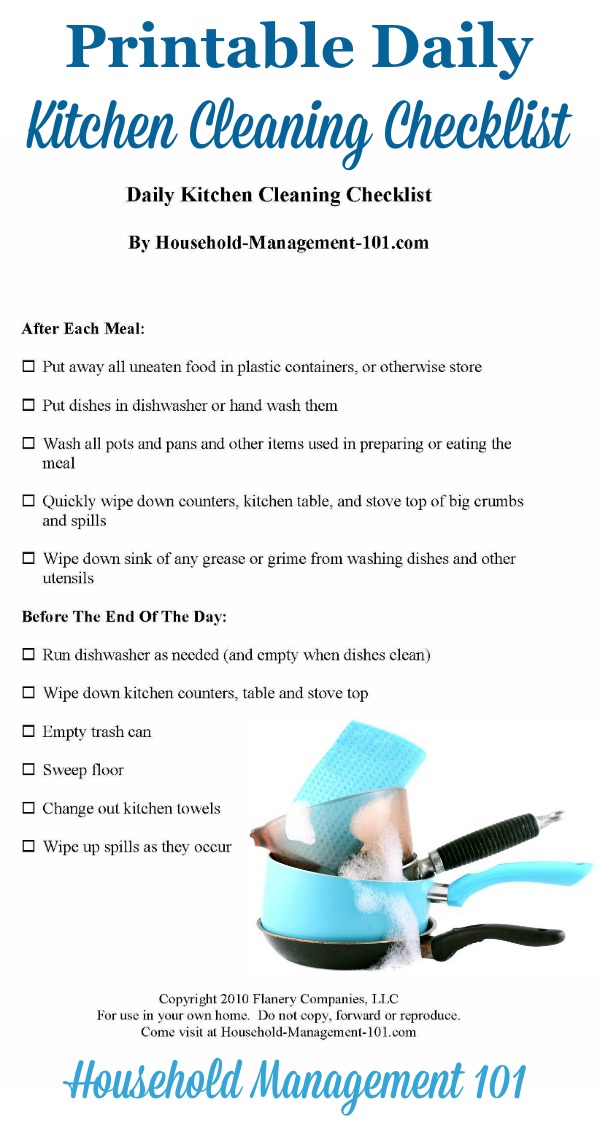
Kitchen Cleaning Tips Daily Tasks For A Clean Kitchen
Ovens and grills should be cleaned and sanitized regularly. Follow the manufacturer's instructions for cleaning, or use a mixture of water and mild dish soap. Remove the racks and soak them in the cleaning solution for 10 minutes. Ensure they thoroughly dry before returning them to the oven or grill.

How Do You Clean a Commercial Kitchen? YouTube
Daily commercial kitchen cleaning is not just a chore. It's a fundamental practice that ensures hygiene, food safety, and the smooth flow of culinary operations. In this comprehensive guide, we'll discuss the benefits of a daily cleaning routine, walk you through the necessary supplies and equipment, and detail the step-by-step process to.
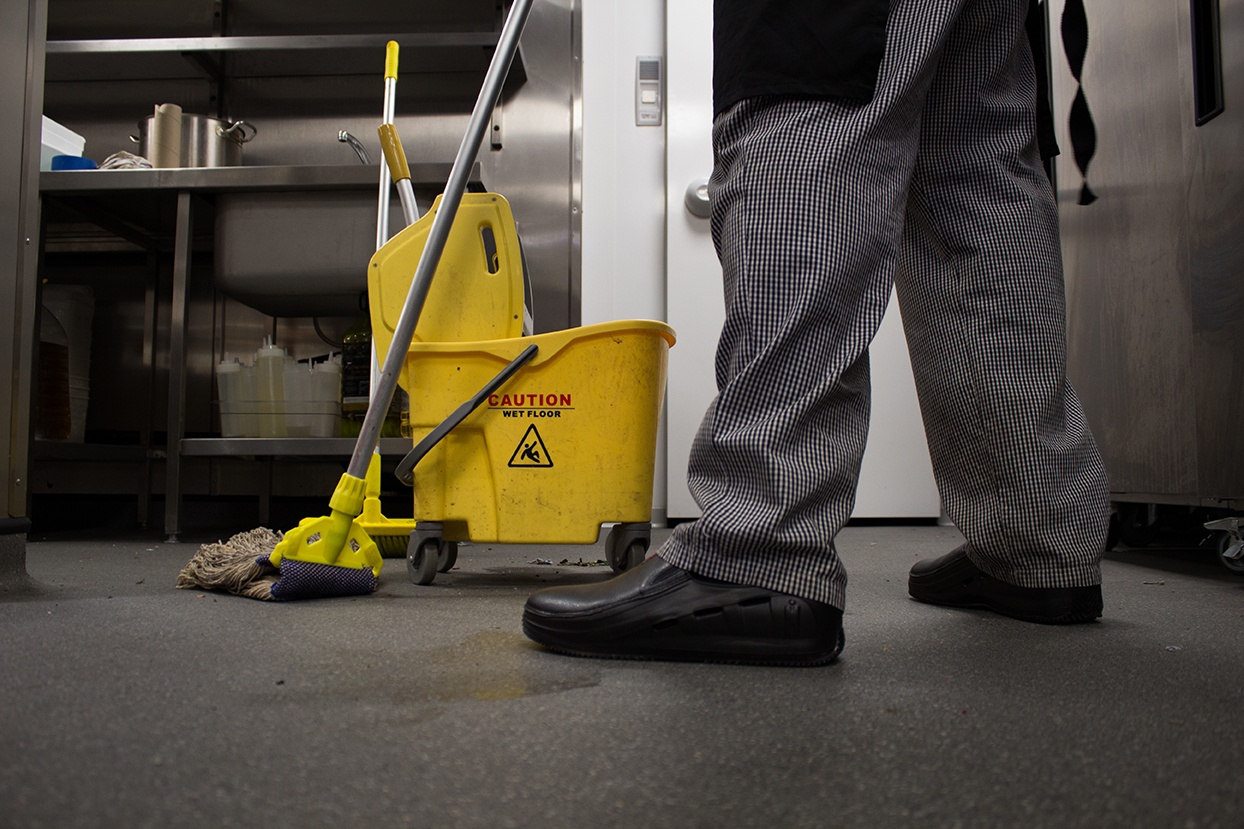
Commercial Kitchen Floor Cleaning Equipment Things In The Kitchen
Sweeping and Mopping. The first step in cleaning a commercial kitchen floor is to sweep it thoroughly. This will remove any loose dirt, debris, or food particles that may be on the floor. It's important to use a broom that is designed for commercial use, as it will be more effective in removing debris from the floor.

Tips to Clean A Commercial Kitchen DS News
Use a broom or a dust mop to thoroughly sweep the entire floor. Collect all the loose dirt and debris using a dustpan. Make sure to sweep under equipment and along baseboards where crumbs, dirt, and food particles tend to accumulate. You can also use a broom with a special attachment to clean the "hard-to-reach" areas.
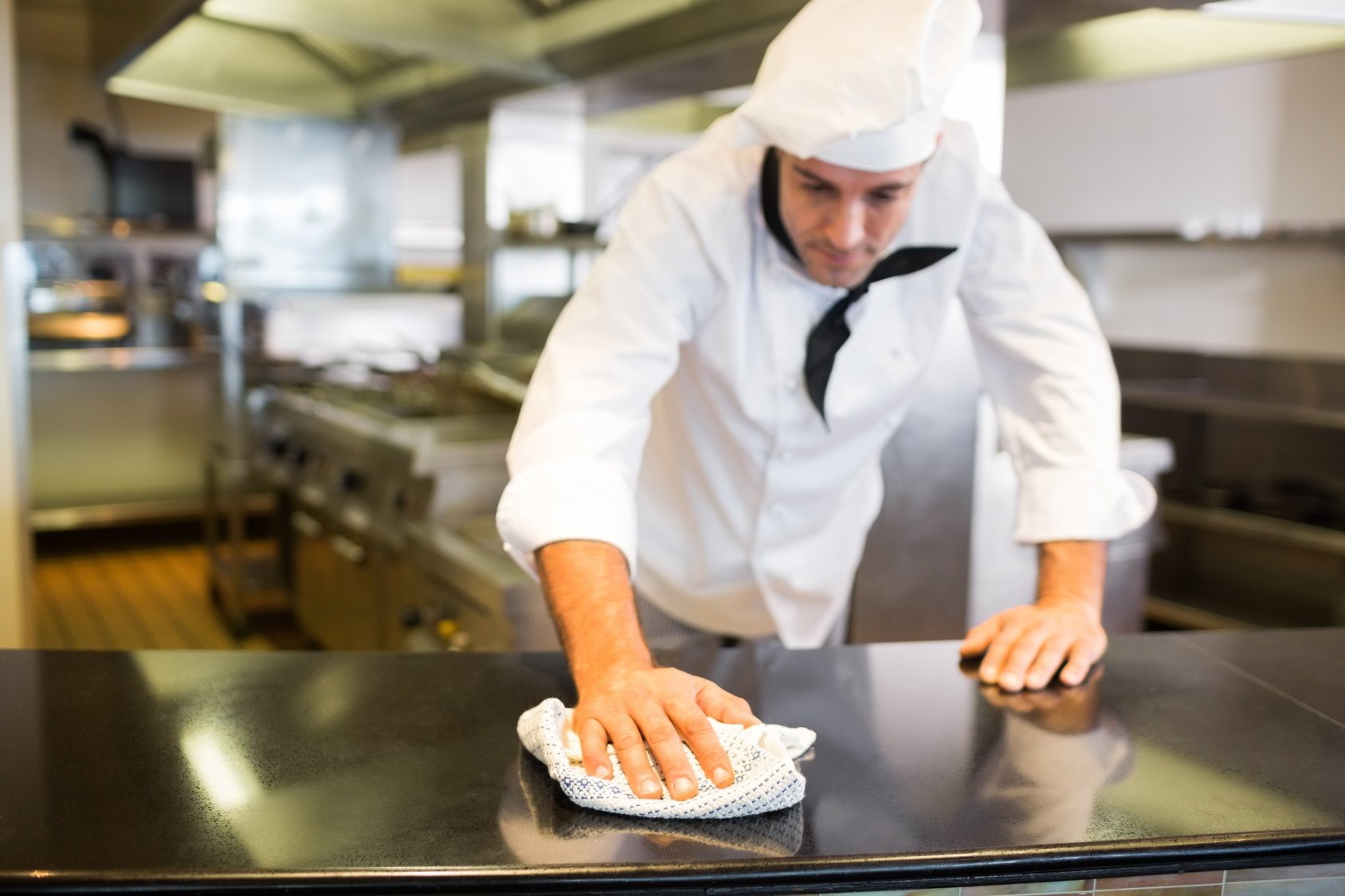
How to clean your commercial kitchen equipment? AMTC
Fridges and freezers should be cleaned and sanitized regularly to prevent the growth of harmful bacteria. Remove all items and wipe down the interior with a commercial-grade cleaning solution. Be.
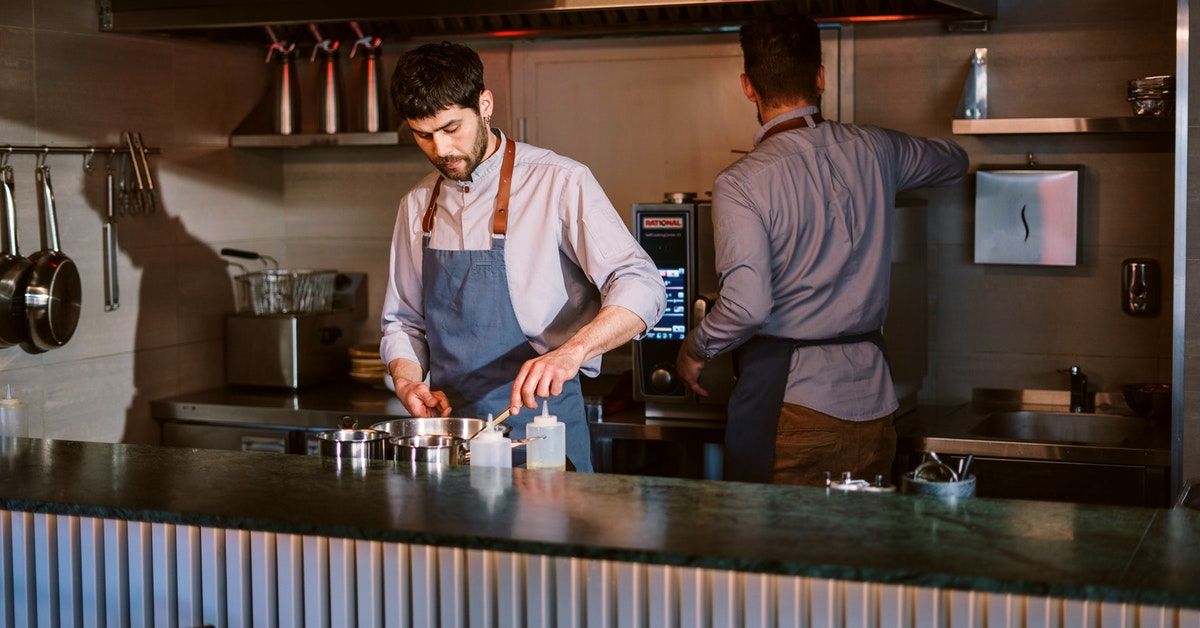
How to Clean a Commercial Kitchen Food Hygiene Company
Remove items and storage bins off the surface, and wipe them down with a soft cloth and disinfectant spray. Be sure to spray about 8-12 inches away from the surface, and let the area air dry before placing items back on the countertop. In some cases, you'll need to take some extra steps.
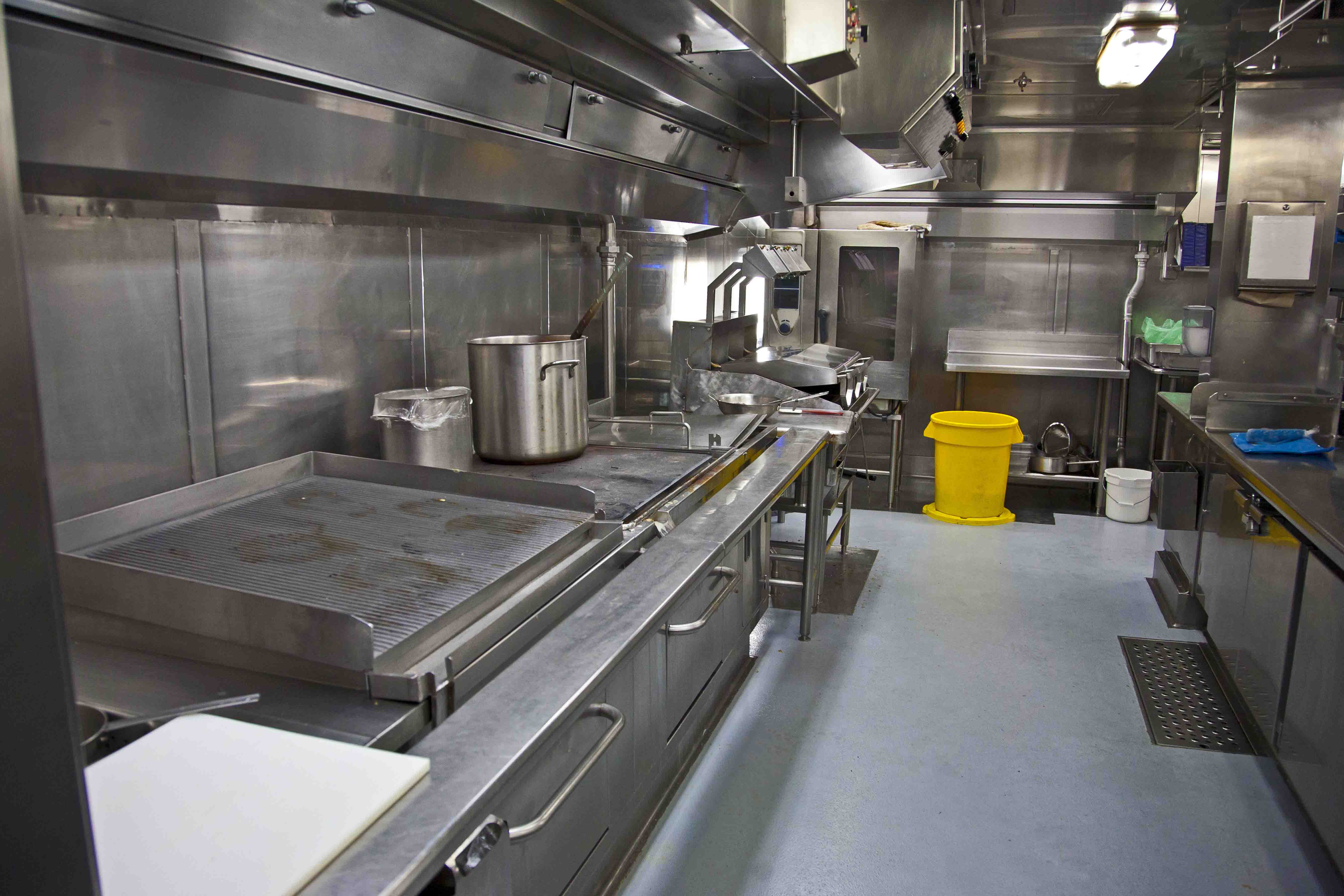
Commercial Kitchen Cleaning Checklist Grainger KnowHow
Step 1. Get the griddle or grill hot and pour one cup of clean cooking or fryer oil onto the grill's surface. Using a griddle brick or pumice stone, scrub in concentric circles until the grill is clean. Scrape the cooking oil into the grease trap and turn the grill off. Step 2.

How to Clean a Commercial Kitchen Thoroughly British Catering Services
Brush off any ash after use, and scrub the burners and grates daily. Once a month, you'll want to soak them in warm, soapy water in order to remove any stuck-on grease and grime. Keeping grease from building up will reduce the risk of kitchen fires. • The Oven. The interior should be cleaned every day.
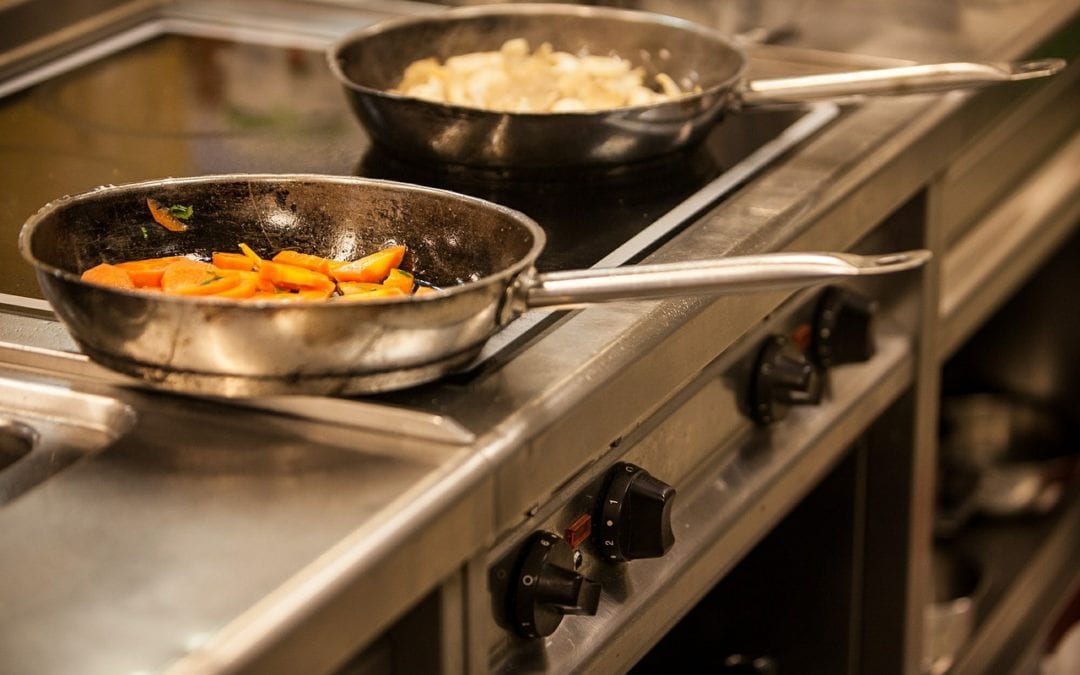
How to Properly Clean a Commercial Kitchen Clean Method
When it comes to commercial kitchen cleaning, a routine cleanup is not enough. A large, commercial kitchen has many different areas and cooking equipment, each of which requires proper cleaning without causing any damage to anything. That is precisely where the need for commercial cleaning services arises. Unlike your kitchen staff.
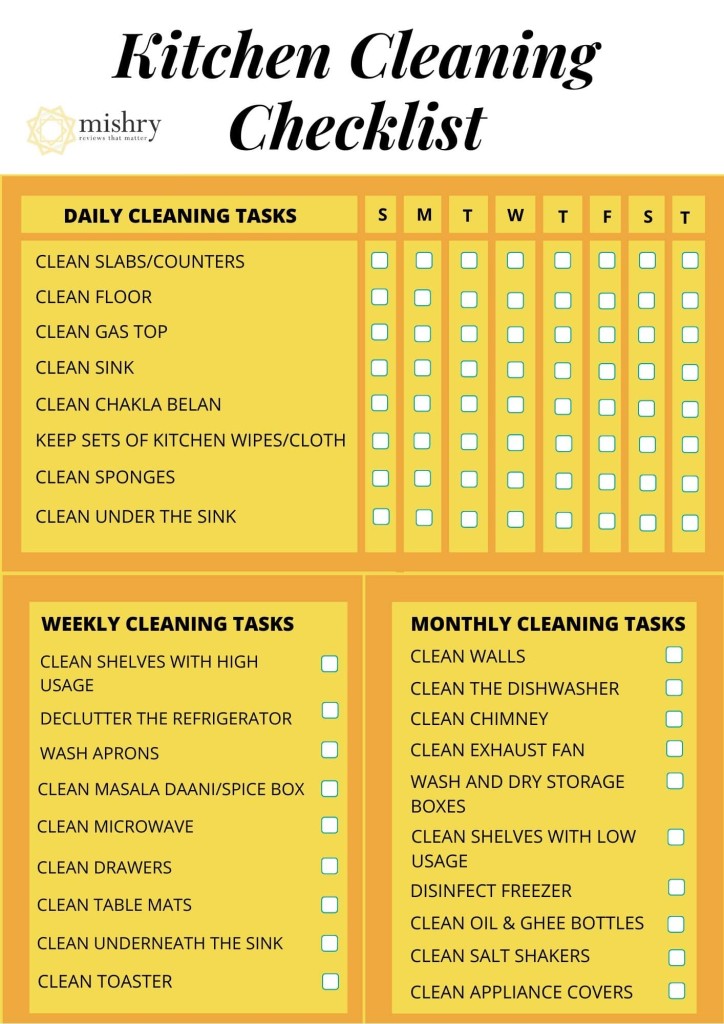
Commercial Kitchen Deep Cleaning Checklist Besto Blog
Use a commercial-grade cleaner and follow the manufacturer's dilution and contact time instructions. Food Contact Surfaces: Clean and sanitize all equipment, utensils, and dishes after each use. Use a three-compartment sink or a commercial dishwasher to ensure proper cleaning and sanitizing.

5 Simple Steps to Deep Clean Your Kitchen Total Commercial
After gathering your cleaning supplies, the next step in commercial kitchen cleaning is to identify the areas you need to cover. Checklist of Essential Areas and Equipment The next step in the commercial kitchen deep cleaning process is to create a checklist of all the areas your team needs attention to. Consider the following equipment and.
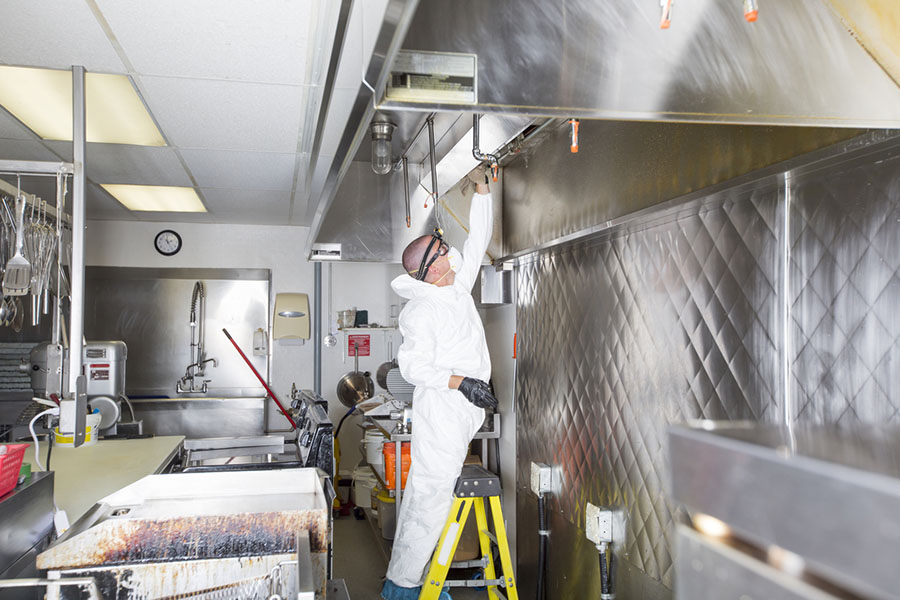
The Ultimate Guide to Commercial Kitchen Cleaning Ultima Store
Ovens and grills should be cleaned and sanitized regularly. Follow the manufacturer's instructions for cleaning or use a mixture of water and mild dish soap. Remove the racks and soak them in the cleaning solution for 10 minutes. Ensure they thoroughly dry before returning them to the oven or grill.